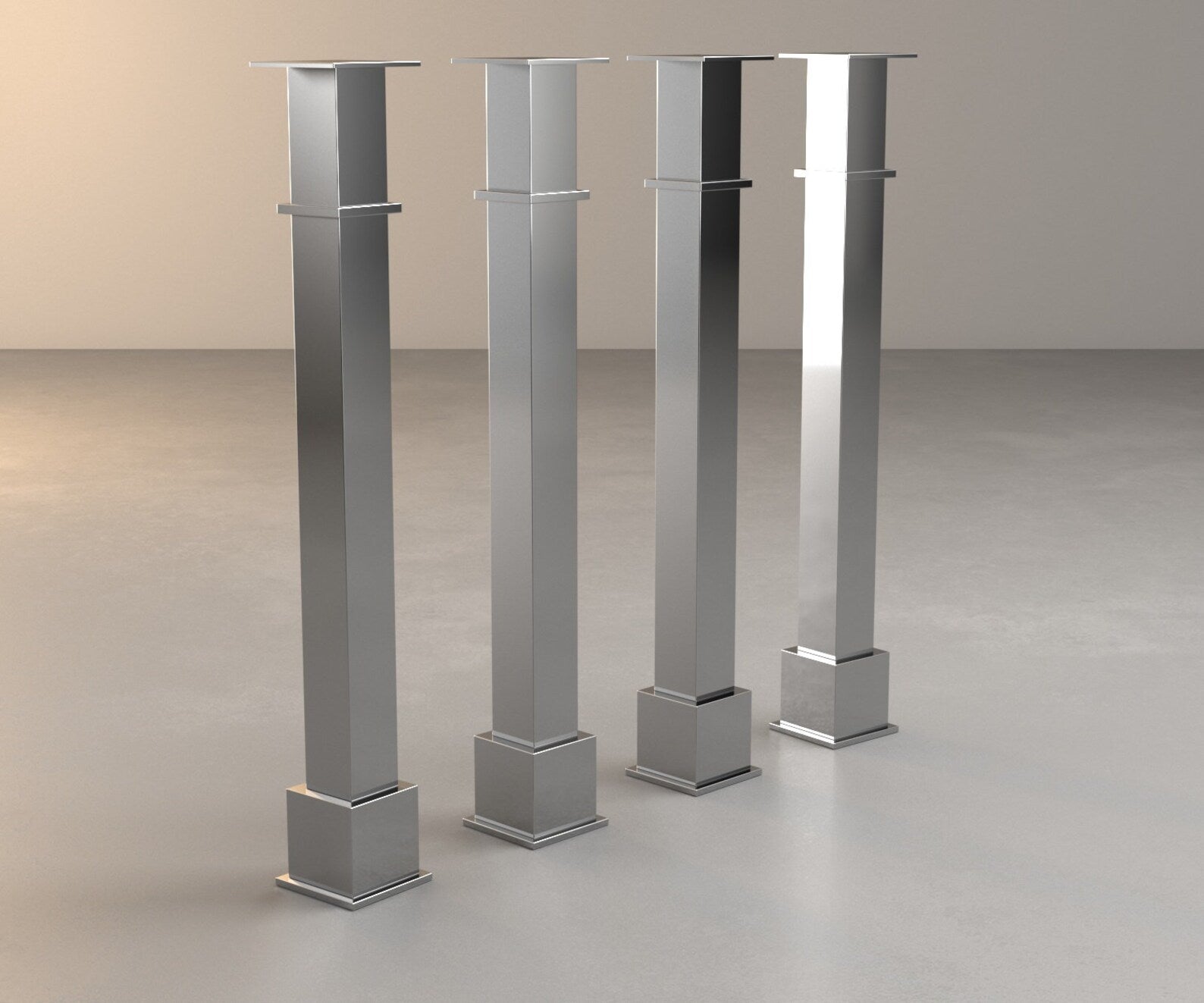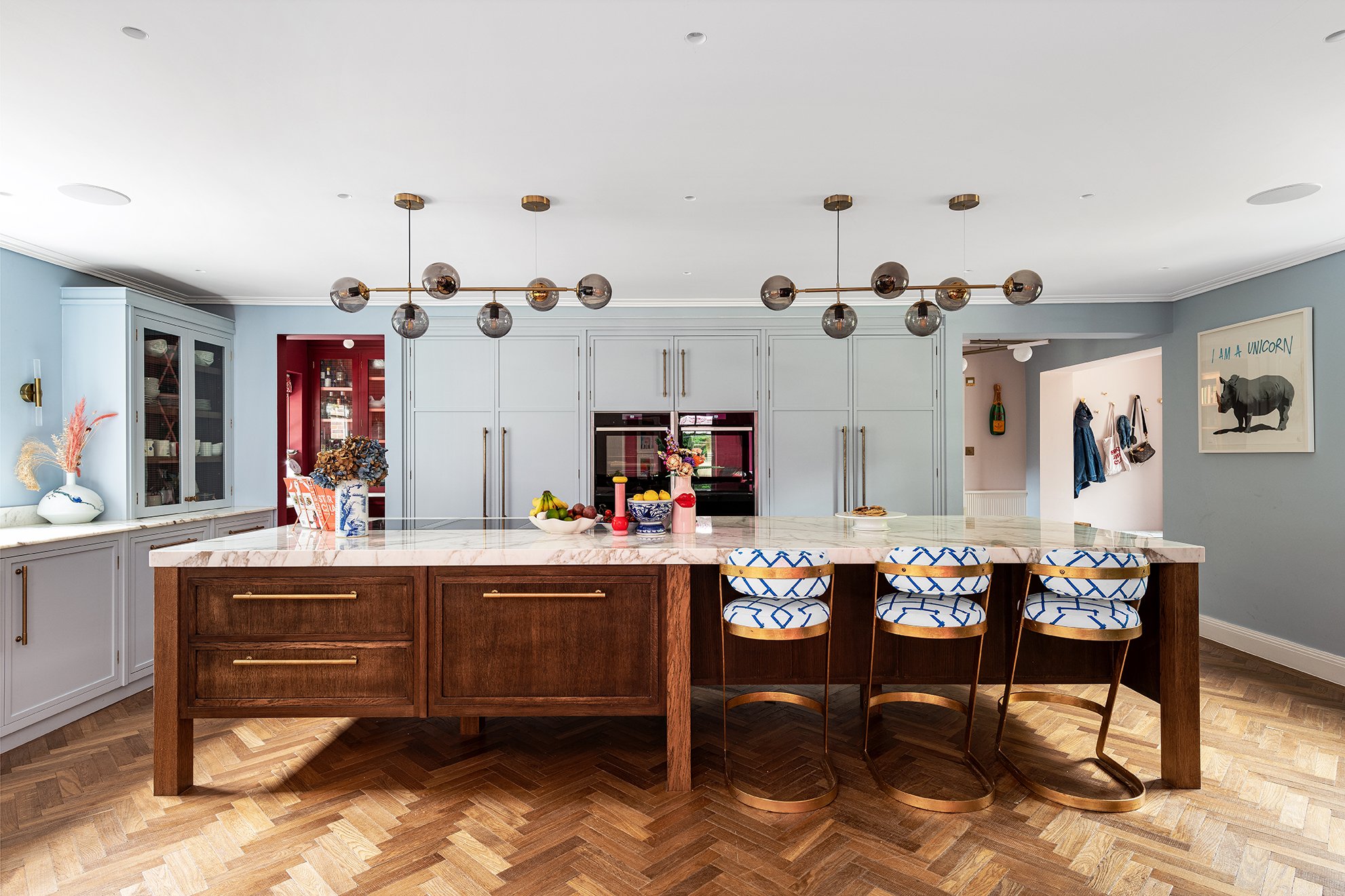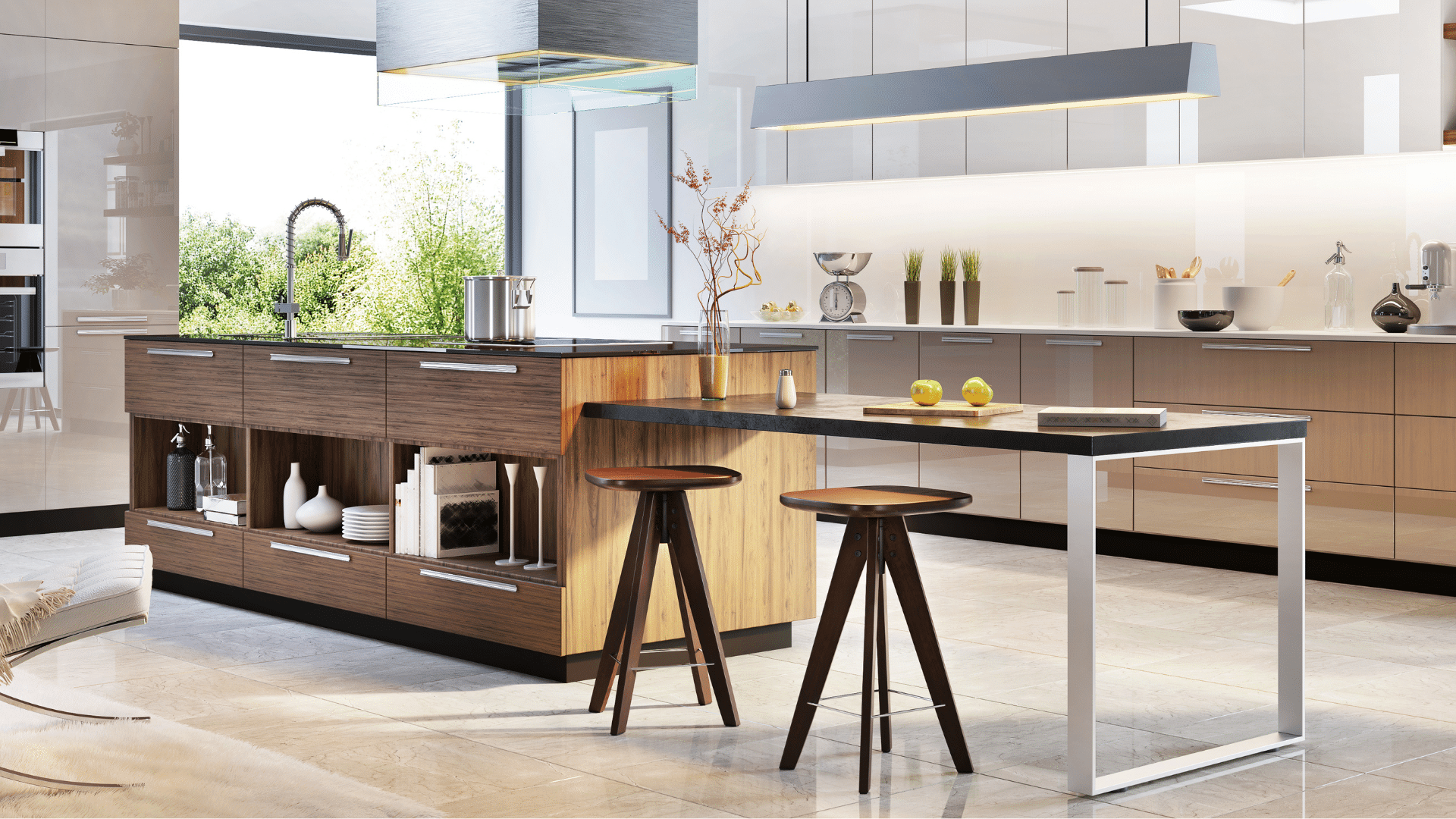An Overview to Picking the Suitable Kitchen Area Island for Your Home
Recognizing your kitchen's spatial characteristics is the initial action, guaranteeing that the island fits effortlessly without interrupting the circulation. The choice of products and surfaces additionally plays an important role in balancing the island with your kitchen's overall design.
Evaluating Your Room
Before choosing a kitchen area island, it is necessary to thoroughly analyze your space to ensure the enhancement will be both useful and aesthetically pleasing. Begin by determining the offered area, consisting of the width, length, and elevation of the kitchen. Exact measurements are essential to avoid buying an island that bewilders the room or one that is overmuch tiny.
Consider the existing format and just how the island will integrate with the current website traffic circulation. A well-placed island needs to not impede or obstruct pathways accessibility to vital appliances, such as the fridge, sink, and range. Leave sufficient clearance room-- usually around 36 to 48 inches on all sides-- to permit comfy movement and work area performance.
Following, review the natural light and sightlines within your kitchen area. An island that blocks a window or disrupts aesthetic communication can make the room feel confined and dark. Consider exactly how the island's placement will affect lighting and presence, guaranteeing it improves rather than takes away from the cooking area's atmosphere.
Figuring Out the Function
Determining the function of your kitchen area island is a vital action in guaranteeing it fulfills your particular requirements and preferences. Before diving right into layout or dimension factors to consider, it is important to clarify what main feature the island will certainly serve in your cooking area. Will it be a central hub for meal preparation, a laid-back dining location, or perhaps an added storage space solution?
For those who delight in cooking, incorporating appliances such as a cooktop or sink may be necessary. Furthermore, enough counter room for chopping and blending, in addition to accessible storage space for kitchen devices and components, can transform the island right into an efficient workstation. On the other hand, if the island is planned to serve or help with social interactions as a dining location, seating plans end up being paramount. In this case, making sure enough legroom and surface for comfy dining experiences is critical.

Selecting the Right Size
Choosing the right size for your kitchen area island is an equilibrium of functionality and space optimization. An excellent cooking area island should give sufficient work space while guaranteeing that motion around the kitchen remains unobstructed. Begin by gauging your kitchen area area; a minimum clearance of 36 to 42 inches around the island is essential to enable comfortable activity and ease of access.
The dimensions of the island should show its intended usage. If the island will certainly serve mainly as a this link prep area, a size of 24 to 36 inches might be enough.

Finally, make sure that the island's size enhances the general kitchen design, preventing any overwhelming visibility that might diminish the kitchen area's aesthetic and energy - kitchen island legs. Mindful preparation and accurate dimensions will help you attain a unified and efficient kitchen setting
Finding Materials and Finishes
After figuring out the suitable size for your cooking area island, the next action entails selecting suitable products and coatings. The choice of products significantly influences both the aesthetic charm and performance of your kitchen area island. Popular products for countertops include granite, quartz, and butcher block, each offering distinct benefits.
Along with the countertop, consider the materials for the island base. Solid wood provides a classic, tough look, while stainless steel provides a streamlined, modern-day appearance and is simple to tidy. Painted finishes can introduce a sprinkle of color, with options varying from low-key pastels to vibrant, vibrant colors.
When selecting coatings, guarantee they complement the general cooking area design. Matte finishes supply a modern feel, while shiny surfaces can create a refined, high-end look. Pay attention to the durability of surfaces, specifically in high-traffic locations, to preserve the island's look with time. Picking the appropriate materials and coatings will certainly enhance both the performance and visual allure of your kitchen island.
Incorporating Useful Functions
Including practical functions into your kitchen area island can substantially enhance its utility and convenience, changing it right into a functional focal point of your cooking area. One necessary attribute to take into consideration is added storage. Integrating cabinets, cabinets, and open shelving can provide much-needed area for kitchenware, utensils, and little home appliances, aiding to preserve a clutter-free environment.
Another Learn More Here important addition is an integrated sink or cooktop, which can enhance dish preparation and clean-up procedures. A sink can facilitate tasks such as washing veggies and cleaning up recipes, while a cooktop can permit for cooking straight on the island, promoting a much more social and interactive cooking experience.
Consider including seating options, especially if your kitchen area increases as a casual dining location. Bar stools or built-in benches can transform the island into a multifunctional area for dishes, research, or laid-back gatherings.
Lastly, integrating electrical outlets into your kitchen island can enhance its usefulness. Outlets provide practical accessibility for little kitchen area home appliances, billing terminals for digital gadgets, and additional lighting options.
Verdict

Before choosing a kitchen island, it is necessary to completely analyze your space to ensure the addition will be both functional and cosmetically pleasing.Choosing the ideal dimension for your kitchen area island is an equilibrium of performance and area optimization. kitchen island legs. A perfect kitchen area island must give adequate office while making sure that activity around the kitchen area stays unimpeded.Integrating functional attributes into your kitchen area island can considerably boost its energy and comfort, you can try these out transforming it right into a flexible centerpiece of your kitchen.In verdict, picking the optimal kitchen island demands a thorough assessment of the readily available room, quality regarding its main feature, and careful consideration of the ideal size and materials